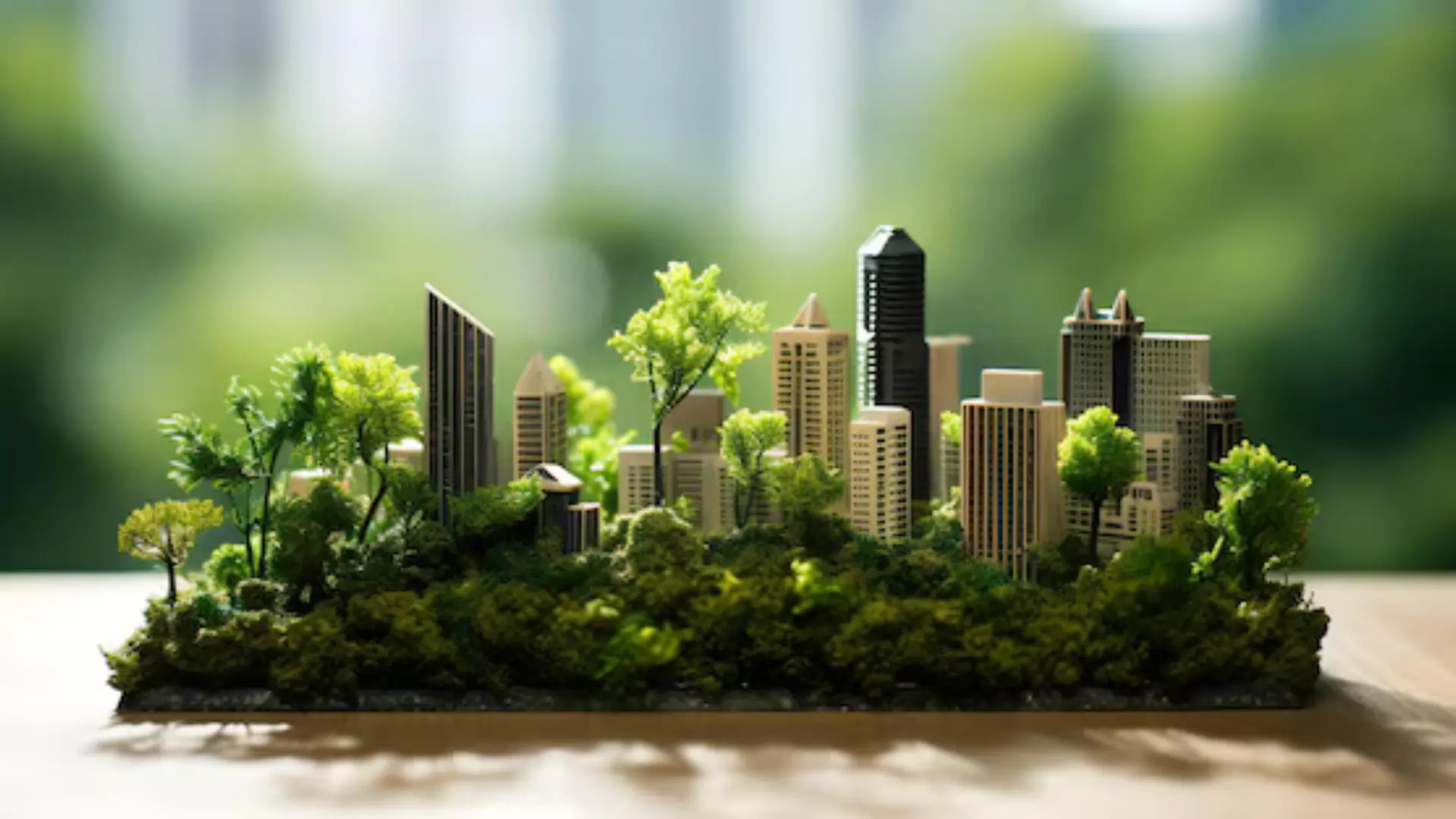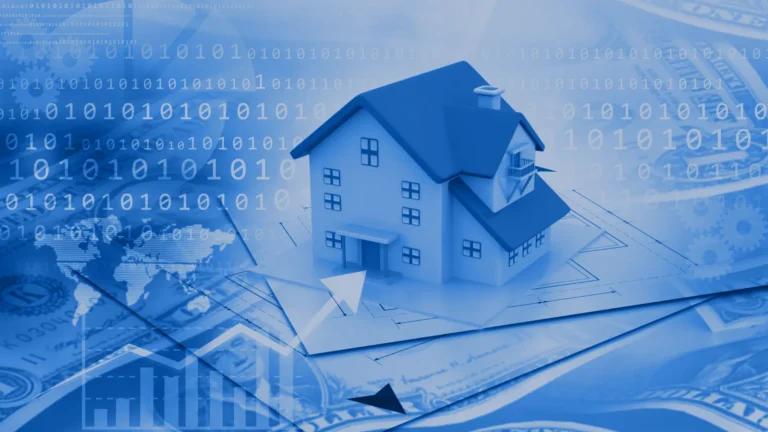
Sustainable Real Estate Development
Sustainable real estate development is no longer a niche concept; it’s a critical approach to building that addresses the urgent need for environmentally responsible and socially conscious practices. It goes beyond simply constructing buildings; it focuses on creating communities that are not only economically viable but also minimize their environmental impact and enhance the well-being of their inhabitants. From reduced energy consumption to improved quality of life, the benefits of sustainable real estate development are far-reaching.
Environmental Benefits
- Reduced Energy Consumption: Sustainable buildings are designed to minimize energy use through features like efficient insulation, high-performance windows, and renewable energy sources such as solar panels. This translates to lower energy bills for residents and a reduced reliance on fossil fuels, contributing to a smaller carbon footprint.
- Conservation of Resources: Sustainable development prioritizes the efficient use of resources, including water and building materials. Water-saving fixtures, rainwater harvesting systems, and the use of recycled or reclaimed materials help to conserve these valuable resources. This reduces the strain on natural resources and minimizes waste.
- Reduced Pollution: Sustainable construction practices often involve the use of non-toxic and low-VOC (volatile organic compound) materials, which improves indoor air quality and reduces pollution. This creates healthier living and working environments for occupants.
- Protection of Ecosystems: Sustainable development aims to minimize its impact on surrounding ecosystems. This can involve preserving green spaces, protecting natural habitats, and implementing measures to prevent soil erosion and water pollution.
- Mitigation of Climate Change: By reducing energy consumption and promoting the use of renewable energy, sustainable real estate development plays a crucial role in mitigating climate change. This helps to create more resilient communities that are better equipped to withstand the impacts of a changing climate.
Economic Benefits
- Lower Operating Costs: Sustainable buildings are designed to be more energy and resource-efficient, which translates to lower operating costs for building owners and residents. This can lead to significant long-term savings.
- Increased Property Value: As the demand for sustainable living grows, eco-friendly properties are becoming increasingly desirable in the real estate market. This often translates to higher property values and a better return on investment for developers and homeowners.
- Job Creation: The sustainable building industry creates new job opportunities in areas such as renewable energy, green building materials, and sustainable design. This contributes to economic growth and development.
- Attracting and Retaining Businesses: Companies are increasingly seeking to locate in sustainable and environmentally responsible buildings. Sustainable real estate development can help to attract and retain businesses, boosting local economies.
Social Benefits
- Improved Public Health: Sustainable buildings often prioritize indoor environmental quality, which can lead to improved public health outcomes. Better air quality, natural light, and comfortable temperatures can enhance the well-being of occupants.
- Enhanced Quality of Life: Sustainable communities often incorporate green spaces, parks, and other amenities that enhance the quality of life for residents. Access to nature and recreational opportunities can promote physical and mental health.
- Stronger Communities: Sustainable development can foster a sense of community by creating shared spaces and promoting social interaction. This can lead to stronger and more resilient communities.
- Social Equity: Sustainable development can address issues of social equity by providing access to affordable housing and creating opportunities for all members of the community.
- Increased Resilience: Sustainable communities are often more resilient to the impacts of climate change and other environmental challenges. They are better equipped to withstand extreme weather events and other disruptions.
Challenges and Considerations
While the benefits of sustainable real estate development are numerous, there are also challenges to overcome. These include the initial cost of sustainable building materials and technologies, the need for skilled labour, and the importance of ongoing maintenance and operation to ensure long-term sustainability. However, as technology advances and awareness grows, the costs of sustainable development are decreasing, making it an increasingly viable option.
Conclusion
Sustainable real estate development is not just a trend; it’s a fundamental shift in how we approach building and community development. By prioritizing environmental responsibility, economic viability, and social equity, sustainable development creates a win-win situation for all stakeholders. It benefits the environment, the economy, and the well-being of communities. As we move towards a more sustainable future, the principles of sustainable real estate development will play a crucial role in creating a better world for generations to come.





1 thought on “The Benefits of Sustainable Real Estate Development”